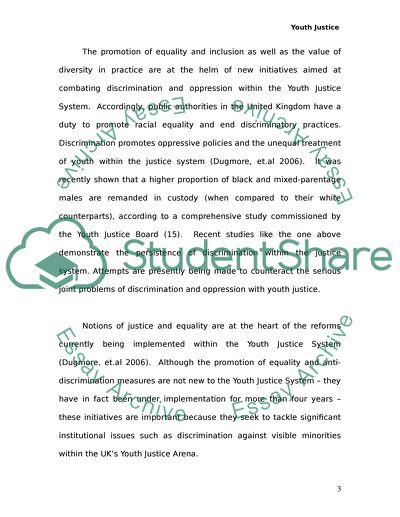Cite this document
(The Condition of Youth Justice Provision Research Paper, n.d.)
The Condition of Youth Justice Provision Research Paper. Retrieved from https://studentshare.org/law/1553393-write-a-report-on-the-condition-of-youth-justice-provision-in-2009-united-kingdom-only
The Condition of Youth Justice Provision Research Paper. Retrieved from https://studentshare.org/law/1553393-write-a-report-on-the-condition-of-youth-justice-provision-in-2009-united-kingdom-only
(The Condition of Youth Justice Provision Research Paper)
The Condition of Youth Justice Provision Research Paper. https://studentshare.org/law/1553393-write-a-report-on-the-condition-of-youth-justice-provision-in-2009-united-kingdom-only.
The Condition of Youth Justice Provision Research Paper. https://studentshare.org/law/1553393-write-a-report-on-the-condition-of-youth-justice-provision-in-2009-united-kingdom-only.
“The Condition of Youth Justice Provision Research Paper”, n.d. https://studentshare.org/law/1553393-write-a-report-on-the-condition-of-youth-justice-provision-in-2009-united-kingdom-only.


